I've been having trouble with my TD100 circuit for a few days now and I cannot understand why the output isn't as I expect.
This is the process:

simulate this circuit – Schematic created using CircuitLab
I get around 3.105V at the output for room temperature, but I'm expecting ~500mV. The Wheatstone bridge and op-amps share the voltage source from the Arduino Uno. I'm using an LM324 and a 1.1V reference from the Arduino (currently 5V for the unexpected voltages of >3V.)
The Wheatstone bridge outputs the expected ~40.95mV, the instrumentation amplifier has a gain of 10 - so I'm confused why I'm not getting ~409.5mV at the end.
Note: The resistors aren't exactly these values but they are the same to ~10ohms e.g. R5=R7=R9=R11=9.84k


